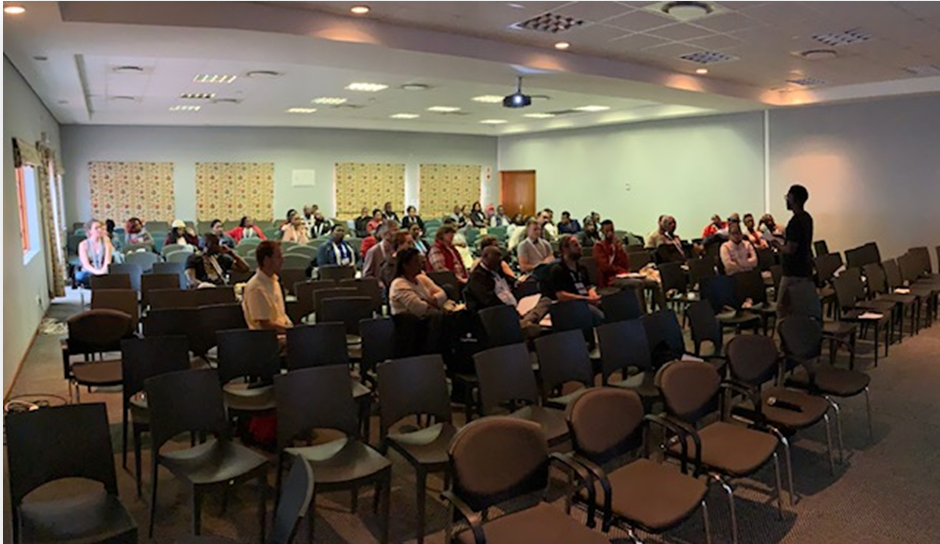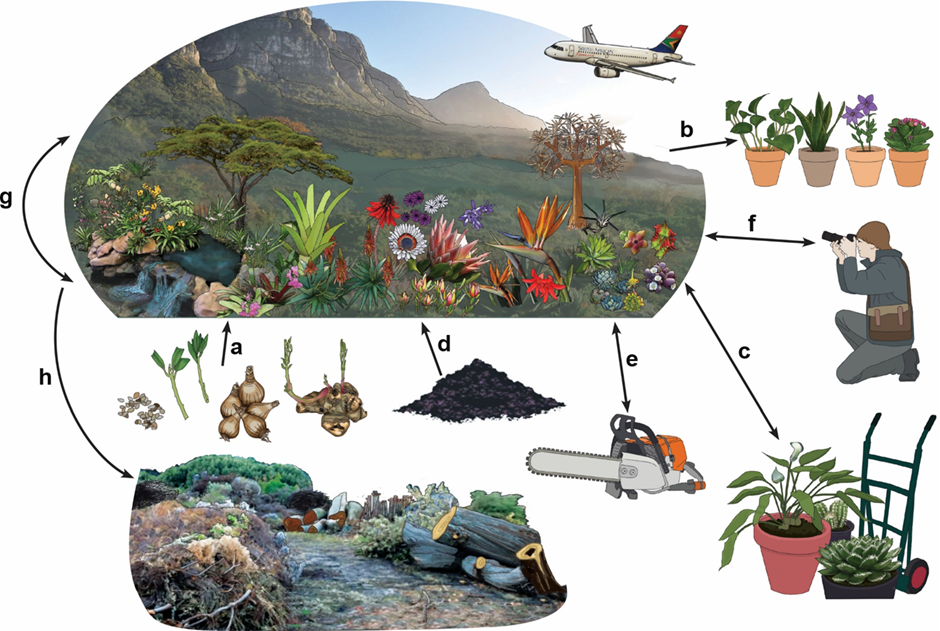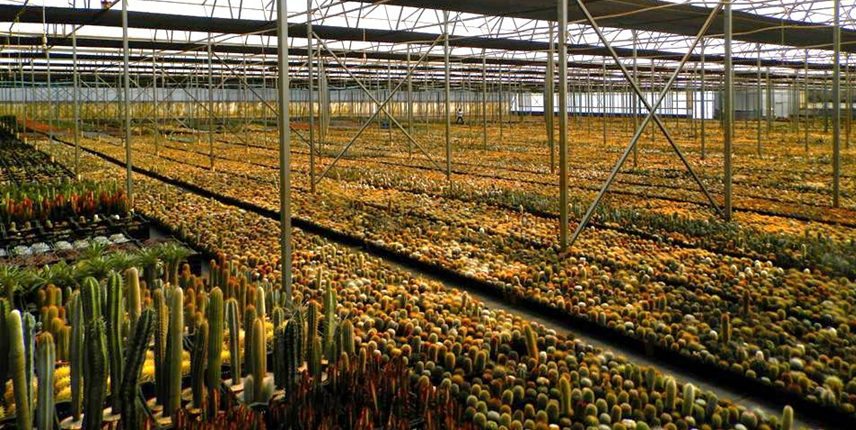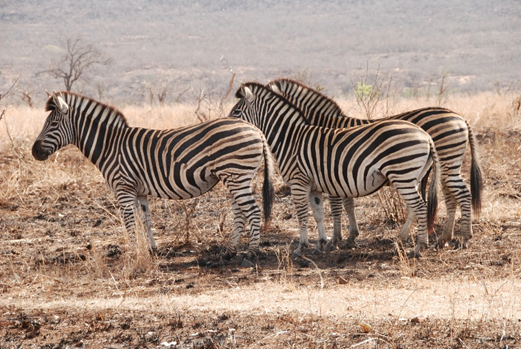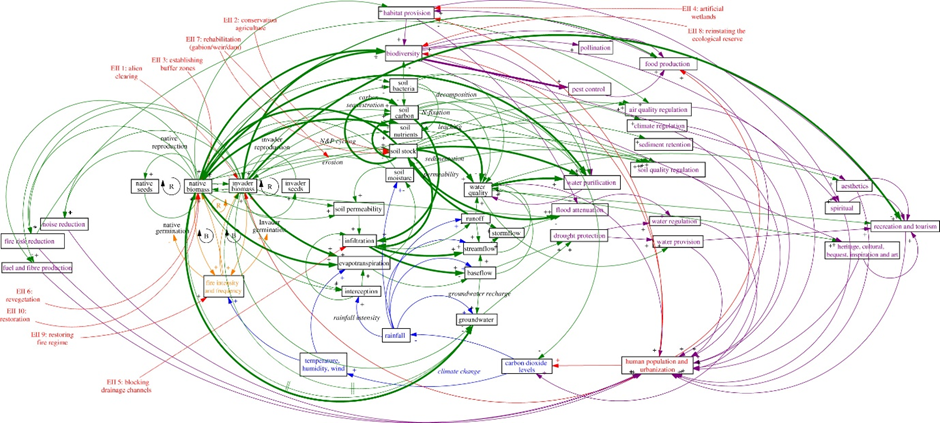Ecological restoration needs sharing of knowledge to be successful
Restoration efforts need to ensure that project components are informed by relevant stakeholders, and this would require (1) identifying and working with stakeholders during a restoration effort; (2) recognising the unique needs and contributions of stakeholder groups; and (3) providing information back to stakeholders through outreach.

